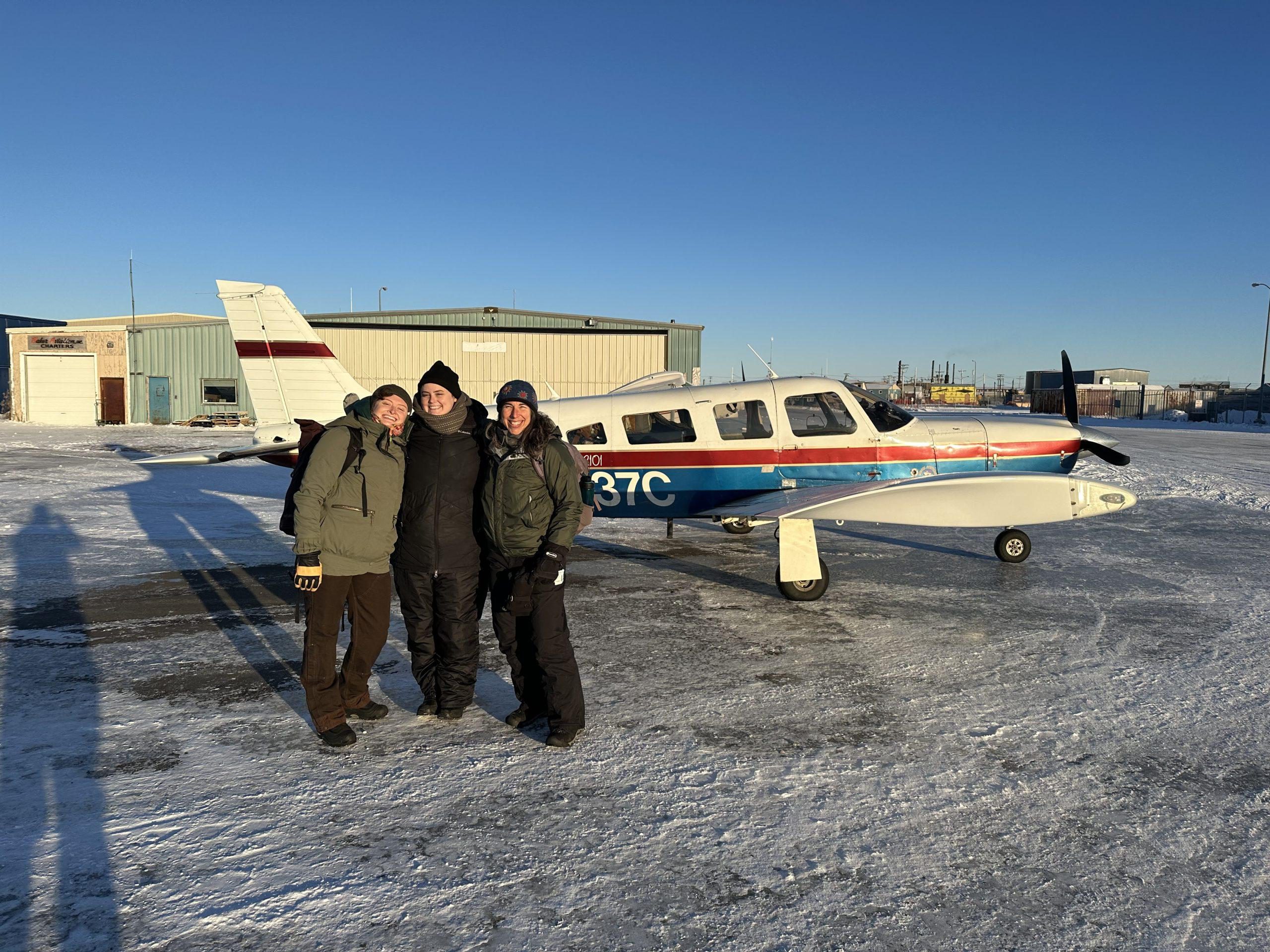
Build on community strengths to prevent suicide in rural Alaska, research says
March 27, 2023
Contact: Tevah Platt, 734-660-4999; Morgan Sherburne, 734-647-1844, [email protected]
ANN ARBOR—While suicide is a dire public health problem in rural Alaska, building on the strength of Alaska Natives’ family ties and the value they place on providing safe environments for young people may be more effective for preventing deaths than emphasizing the risks firearms pose in the home.
Alaska Native communities suffer disproportionately from suicide, and youth in these communities currently have the highest suicide rate in the nation. One environmental risk for this suicide rate is that the majority of households in rural Alaska have multiple firearms, and prior work suggests many homes have at least one gun stored unsafely—loaded or unlocked. Research shows the presence of a firearm in the home increases suicide risk three-fold.
New research led by Lisa Wexler, a community-based participatory researcher based at the University of Michigan’s School of Social Work and the Research Center for Group Dynamics at the Institute for Social Research, describes the basic approach of U-M’s Family Safety Net project, conducted in partnership with the Maniilaq Association.
 This approach uses motivational interviewing to connect with adult family members and offer them resources like ammo boxes, gun safes and locks, along with tailored text reminders to keep loved ones safe by locking and unloading home firearms and storing ammo separately.
This approach uses motivational interviewing to connect with adult family members and offer them resources like ammo boxes, gun safes and locks, along with tailored text reminders to keep loved ones safe by locking and unloading home firearms and storing ammo separately.
“This way, the study team can respectfully develop and implement a brief intervention that is tailored to reflect prevalent beliefs, extend patterns of behavior that increase safety, and uplift the shared cultural values of community members, such as the centrality of family and protecting young people,” according to Wexler and colleagues.
The Family Safety Net project’s approach is tailored to attributes of Alaska Native families, such as the strength of support networks and the value of protecting youth, to prevent suicides in rural Alaska.
“We set out to try and engage family members in doing more to keep their family safe, and particularly to keep young people safe, and even more specifically, to keep them safe by restricting lethal means for suicide,” said Wexler, who first encountered this crisis as a mental health counselor working with Alaska Native youth in the 1990s.
So when the National Institutes for Health put out a call in 2020 for projects seeking to study public health questions related to gun violence, Wexler and her team answered, securing a $1.2 million grant to enhance safe storage practices among Alaska’s high-risk and hard-to-reach populations.
Wexler felt it was critical to shift away from the focus on individual person’s risks for suicide. She noted systemic flaws in the traditional approaches taken by health care institutions.
“Patient questionaires designed to screen patients for suicide risk, for example, puts patients admitting to suicidal thoughts at risk of forced hospitalization, in indigenous communities that have already developed ‘good, hard-earned distrust for systems,'” Wexler said.
“If a health care institution thinks that you’re at high risk for suicide, you as an individual and your family lose agency and the ability to make decisions about where and how to get help. That can feel really similar to jail.”
Limiting access to “lethal means” is one of the most effective suicide prevention strategies available for lowering the risk of suicide, she said. To limit access, the U-M study identifies which beliefs and behaviors related to household firearm storage are most acceptable, motivational and modifiable for Alaska Native families.
The study drew insights from focus group participants into the meanings and practices related to firearms and their storage in a distinct, rural population. In the context of “camp,” where remote seasonal cabins are used by families gathering food for subsistence, some participants said guns ready to use need to be at hand for unpredictable dangers, such as bears. Safer gun storage would be more likely in people’s homes in towns and villages where suicide risk is especially high.
Participants also acknowledged the need to ensure safe firearm storage when people are drinking or depressed, but also recognized the difficulties of doing this consistently.
“A promising direction for increasing safe firearm storage and reducing youth access to firearms within people’s homes orients toward strengths and wellness promotion, and emphasizes the cultural values of both subsistence and of keeping family members, particularly children and youth, safe,” Wexler said.
The study team originally designed the universal intervention to be conducted in a clinical, primary care setting, but they found it challenging to implement in health care environments in marginalized communities that have been disproportionately strained by the pandemic. Instead, the Ann Arbor-based researchers distributed safety gear and clear plans for using them to participants they engaged this fall in a health-fair-style setting.
“We know that Alaska Native families are strong, and that is an important orientation that we almost wholly ignore in our health care systems,” Wexler said. “We’re trying to build a system that acknowledges and collaborates with families, which will likely work better, and to try to build onto a system that is incredibly stretched and broken at this moment.”
Wexler’s co-authors include Analiese Apala Flaherty, Ferhana Begum, Lauren White, Lauren Kouassi, Diane Wisnieski and Cynthia Ewell Foster, all of the U-M School of Social Work, and Arlo Davis of the Maniilaq Association.
